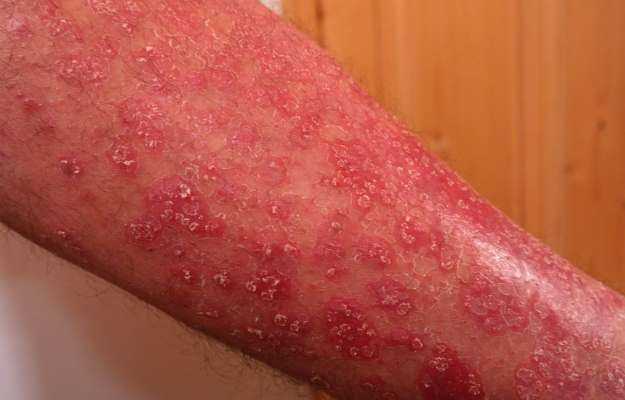What is allergic angiitis and granulomatosis?
Allergic angiitis and granulomatosis (AAG, also known as Churg-Strauss syndrome) is a rare disorder characterized by inflammation of blood vessels (vasculitis). The disorder can affect multiple organ systems, especially the respiratory system. Other significant characteristics of the disorder include the development of inflammatory nodular tissues called granulomas (granulomatosis) and abnormal clustering of certain white blood cells (hypereosinophilia) in the blood and the tissues. In medical terms, this disorder is also called eosinophilic granulomatosis with polyangiitis.
What are its main signs and symptoms?
Mainly, this disease affects the arteries in the body, hence, depending on the organs affected and the degree of involvement, the symptoms may vary. Though symptoms may vary, blood eosinophilia, asthma, and/or nasal sinus polyps are encountered in almost all patients. Some of the other symptoms include:
- Fever and fatigue
- Unusual weakness in the hands or feet
- Pain in the abdomen, muscle, and/or joint
- Chest pain or palpitations (heartbeat, which can be irregular)
- Sudden, severe weight loss
- Skin rash (recurrent and diffuse hives, purpura, or subcutaneous nodules)
- Numbness or tingling sensation in the hands or feet
- Increasing shortness of breath or coughing which does not improve with medications
- Phlebitis (inflammation of a vein)
- Pulmonary embolism (blockage in one of the arteries in the lungs, most commonly, due to a blood clot)
- Blood in the stools
Are you also troubled by obesity and are not able to lose weight even after a lot of efforts, then start using myUpchar Ayurveda Medarodh Weight Control Tablet today and control your weight.
What are the main causes?
The main cause of this condition remains unknown yet. However, some of the potential causes are:
- Environmental factors
- Genetics
- Immunological
- Auto-immune conditions like anti-Neutrophil Cytoplasmic Antibodies (ANCA)- positivity
- Hormone-like chemicals in the blood (cytokines)
How is it diagnosed and treated?
The diagnosis of allergic angiitis and granulomatosis is made by the physician after considering all the signs and symptoms and conducting a thorough physical examination. Depending on this, the physician may also advice certain tests which include:
- Blood tests
- Specialized imaging studies which include chest X-rays
- Sometimes, a biopsy may be performed of an affected tissue or organ which will help to diagnose typical features of this condition
- Blood test to measure the level of antineutrophil cytoplasmic autoantibodies (ANCA)
- Bronchoscopic lavage
- Heart function tests like 2D Echocardiogram
- Lung function tests
Treatment:
The treatment for this condition depends on its severity:
- Individuals in whom the manifestations of vasculitis are not severe (no vasculitis related digestive, cardiac, cerebral or kidney involvement) corticosteroids can be used for treatment. With this treatment, there might be a relapse in one-third of the patients, whereas 90% of the patients may have complete remission.
- In individuals with severe manifestations, a combination of corticosteroids and an immunosuppressant drug (such as azathioprine, cyclophosphamide, or methotrexate) is used. Generally, for the first three to six months, a combination of corticosteroids and cyclophosphamide are used, followed by switching of cyclophosphamide with methotrexate or azathioprine for maintenance for several additional months.

 OTC Medicines for Allergic Angiitis and Granulomatosis
OTC Medicines for Allergic Angiitis and Granulomatosis















